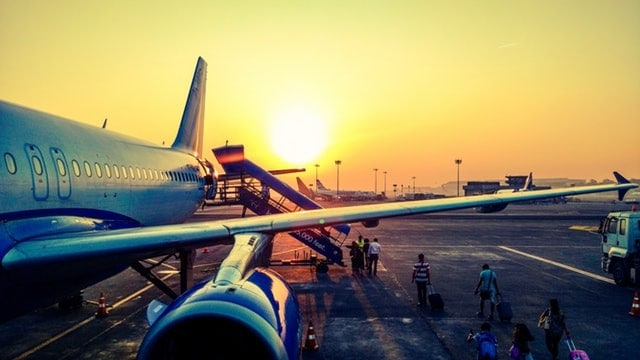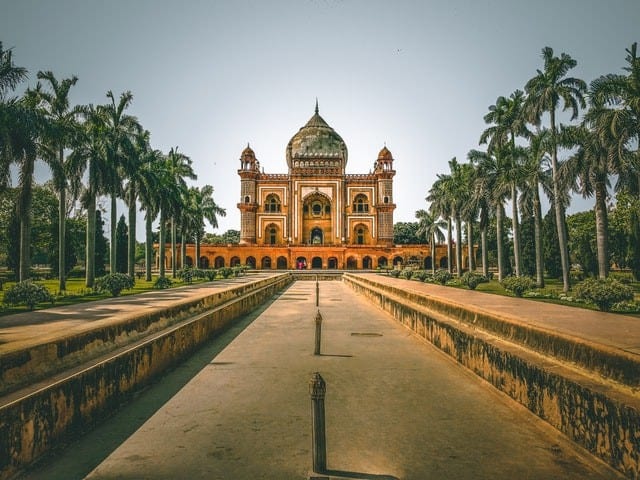Many people in India underestimate travel insurance for no reason in particular. They are of the mindset that travel insurance is an unnecessary investment and can be avoided easily. If you also believe the same, then you are completely wrong!
Travel insurance is as important as health or any other kind of insurance. Travelling is a part of human life. There are hardly any people who do not travel to new places either for work purposes or for vacations. And when you travel, you obviously need safety, right? And safety comes from buying a travel insurance policy.
There are many insurance companies in the market that are providing with different kinds of travel insurance policies. You need to choose the best amongst them as per your priorities and budget. Try to strike a balance between these two aspects (affordability and requirements) as it will help you benefit more. Compromising on your needs or going way beyond the range of your budget will lead you in trouble at a later stage.
Travel Insurance policy provides you a sense of security whenever you are not at home. Apart from you, it also keeps your family members satisfied whenever you are not with them. In this way, you can enjoy your trip in a better manner with complete safety, be it financially or physically.
But before buying the policy, you should be aware with what it covers for you, right? Below mentioned are few points that will guide you regarding the same. Just have a look at them!
Travel insurance provides coverage against the following.
Trip cancellation:
A much awaited trip is what a person waits for to explore, relax and it provides a break from the hectic life, which is quite common these days. The major sadness strikes when the travel plans gets cancelled. Few reasons for the cancellation may be:
- You may fall sick or face illness before the travel date.
- You may face injury which restricts you from travelling.
- Weather conditions are not good for travelling.
- A terrorist attack may strike at your destination.
- An emergency work or situation may rise which makes you cancel your travel plans.
Travelling requires a lot of preparation and planning in advance before you leave towards your destination. It involves pre-booking of hotels, flight, trains etc. and a fair amount of money is always spent on these things which can be non-refundable. If a situation arises in which a person has to cancel his or her trip with the money already paid as advance, then there is quite a chance that he or she will have to face these expenses without any reason.
To save you from facing such financial loss travel insurance comes into play.
Travel insurance cover provides reimbursement to these non-refundable costs incurred by you prior to your travel.
In order to purchase the trip cancellation cover one must insure some or all of your trip expenses.
Trip interruption:
In addition to the trip cancellation policy one gets a benefit named as trip interruption cover.
A situation may arise when you are required to travel back home in between your trip. But it is obvious that you must have made the arrangements in advance for the whole trip.
Trip interruption plays the role of refunding you the amount of all the unused expenses. These unutilized expenses can be the amount paid for hotel bookings, travel etc.
Trip interruption protects a person from facing unnecessary expense.
Health emergencies:
No one is immune to health problems and diseases and they can strike you anytime and anywhere without any notice. You don’t want them to ruin your travel plans but it is not in your hand.
In the situation of these medical emergencies the patient requires proper treatment on time. Treatment in many countries can be a costly affair and no one will want to think and worry about the costs at this situation.
People believe that domestic health coverages will work in abroad too. But this is completely wrong as one needs to purchase a separate health insurance cover while travelling abroad.
Travel insurance cover will reimburse you with all the expenses incurred by the insured for the complete treatment. These expenses may include the consultancy charges, ambulance charges, treatment cost and so on.
Medical evacuation:
Medical evacuation isalso known as medevac cover and it goes along with the medical emergency cover.
In case medical emergency strikes at the time of travel this cover provides you with ambulance facility to the nearest hospital and can bring you home if hospital determines that it is necessary in your situation.
You may also choose the hospital which suits you. Along with Sthis the cover provides you with on vehicle medical assistance till the time you reach the hospital.
Lost baggage or passport cover:
Travel insurance cover also deals with lost baggage or important documents like Visa or Passport.
This type of cover is helpful in securing your belongings at the time of travel. One may face a situation like theft or damage which may lead to loss of any important possession. In this situation, this insurance cover will pay you for the loss of your belongings.
You must be aware of the fact that passport is one of the most important document a person requires to travel as no country will allow you to enter without it. If a person loses the passport due to any reason then the travel insurance company will make arrangements for a temporary passport so that the insured does not face any problem and stays tension free.
In case there is baggage delay the insurance company pays you for the basic amenities like clothes and toiletry kit. This is done so that you have required things till the delayed baggage arrives.
Delayed flights:
Flights only take off when the situations are suitable. With situations we mean weather conditions or mechanical welfare.
Under unsuitable conditions the flights can be delayed or even cancelled.
Delays and cancellations are common in air travel as good conditions required to take off are not in the hand of people. For example: there is a fault in airplanes turbine or stormy weather.
This delay or cancellation may lead to financial loss to the travelers as they might have made pre-bookings at their destination and have paid them already.
Along with paying for the medical expenses or loss of luggage they also provide reimbursement for the loss incurred by the insured person due to delay or cancellation of flight.
It is often heard that he or she missed the flight as he or she didn’t arrive at the airport on time. There can be many reasons behind this like traffic, weather conditions etc. Whatever the reason is, the airline company will not return your money in such a case, which will eventually lead to your loss.
For this purpose missed connection benefit comes as a savior for travelers who are delayed, and incur additional costs to catch up to their trip.
The actual reason for the delay should be mentioned in your policy in order to receive the benefits from this cover.

Emergency evacuation:
Everyone thinks of having a good time while they are travelling. But one should know that uncertainties may arise at any moment without any notice.
Situations like natural calamity, serious health problem or a terrorist attack may be the reasons for emergency evacuations. No person will want to be stuck in such a situation in order to be safe and sound.
If you get stuck in this situation in order to reach a safe place or hospital you will have to pay a large amount of money in transportation. Benefits of purchasing this coverage is that it will pay for all the evacuation expenses like airlift, transportation cost to reach hospital.
Worldwide phone assistance:
This cover can be really very beneficial for you at the time of medical emergency, loss of luggage or passport or cancelled flights. It provides you with worldwide coverage and phone assistance so that you can make a call if you face these types of situations.
Along with this they also offer you 24/7 travel assistance service. This cover will provide you with both medical and non-medical benefits like:
- Provide transportation to the hospital.
- Provides proper treatment.
- Free choice to choose your hospital.
- Assistance in case of lost passport or documents.
- Help in locating lost luggage.
Travelling without purchasing a good travel insurance cover in not an option one should prefer. Looking at the possibilities of facing any major or minor uncertainty one must surely purchase a travel insurance cover before travelling abroad as no one knows when it may come to use.
